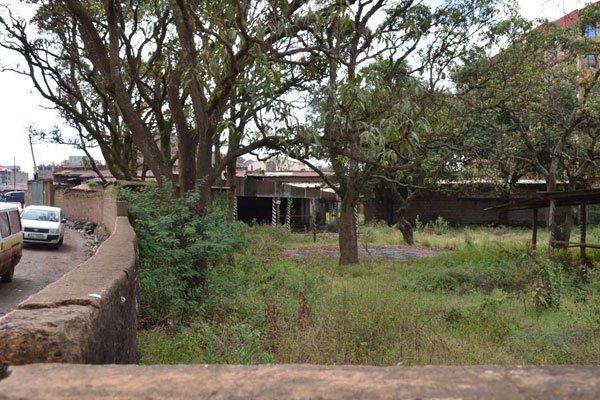Hassan, the mysterious Somali trader who funded Mau Mau fighters
In the famous 1946 picture of Jomo Kenyatta with top officials of Kenya African Union (KAU), there was an unidentified Somali man who sat on the front row with his legs crossed.
For decades, the identity of this mysterious man – who funded KAU and later Mau Mau – has been a matter of debate since no one seemed to know his name.
In the national debate of freedom fighters, the tall man with immaculate looks hardly features.
The Nation has, for the first time, identified the man as Mohamed Hassan – and managed to trace his family in Nairobi.
“Nobody seems to recognise my father,” his daughter Amina Mohammed, a former broadcaster with the Kenya Broadcasting Corporation, told me as we sipped coffee in a city restaurant. “He was perhaps the only Somali detained during the Mau Mau war and he lost all he had acquired, but nobody has written about him.”
SHOP SHUT DOWN
On this day, Amina was holding a pouch full of old photos flanked by her husband – a former Somalia ambassador to Kenya.
In Juja town in Kiambu County, Hassan’s shop, which was forcibly shut down at the height of the Emergency, remains closed up to now. It has no tenants and nobody seems to know who owns it after all the tenants left due to unpaid bills after independence.
Currently, the building is rotting away unattended, a mabati perimeter fence still erected around it. It is still on the compound of what later became the East African Bag and Cordage, a company that used to manufacture gunny bags until it went under during the Moi regime.
I ask Ms Mohammed whether they still own the shop, a pointer to what happened to some of the properties that were forcibly taken away from Mau Mau supporters and never returned – or were simply handed over to loyalists.
MAU MAU LOYALISTS
“We don’t know whether we still own it. But my mother (now deceased) used to tell me that the shop, as it is today, was the way it was left by my father,” she says.
During the crackdown on Mau Mau, loyalists and other traders took over property of detained freedom fighters, an issue that haunted the Kenyatta government for years as it struggled to undo the damage.
At best, the loyalists – most of whom were in the civil service – won, and at worst the freedom fighters were settled in the settlement schemes away from their original homes.
Hassan’s shop is one of the remaining pillars of this struggle. It is a shop that hides much of the history of the freedom movement and inter-race relations in colonial Kenya – but sadly, it is a monument that is rotting away despite its place in Kenya’s history. It also hides the story of the place of the Somali community in the freedom struggle.
Because of its location, especially in the late 1940s and early 1950s, the shopping complex offered restaurant and butchery services and had three entrances: one for the European settlers, one for Asians and Arabs, and another for Africans. It also had a petrol pump and records say it was one of the best-lit areas in Juja.

